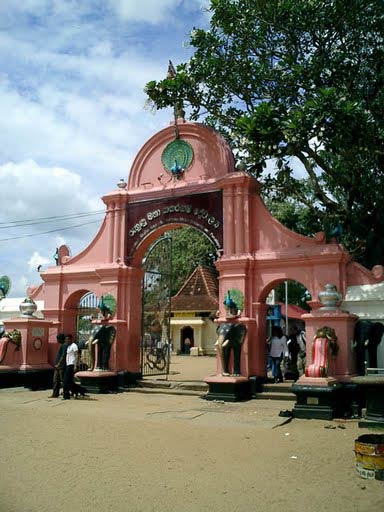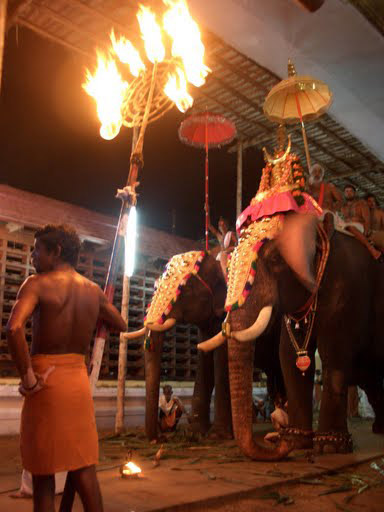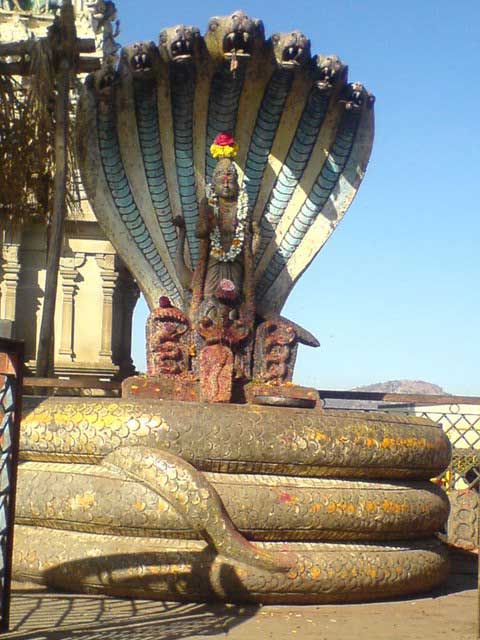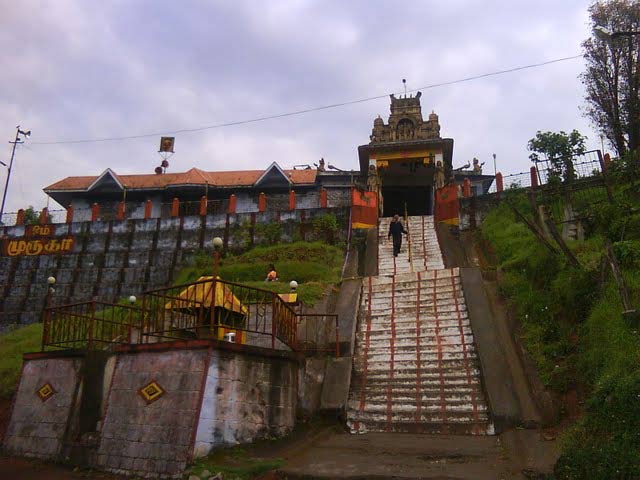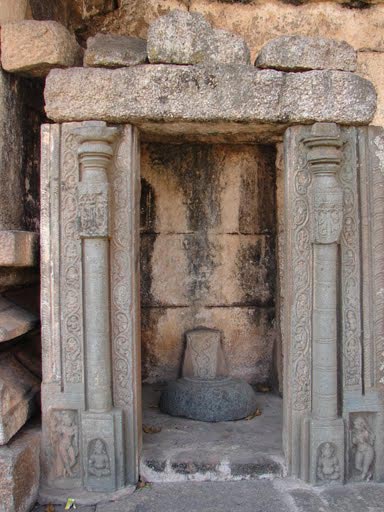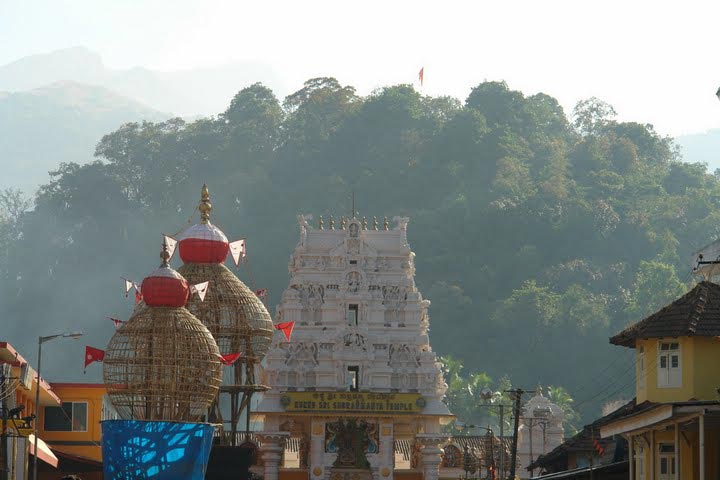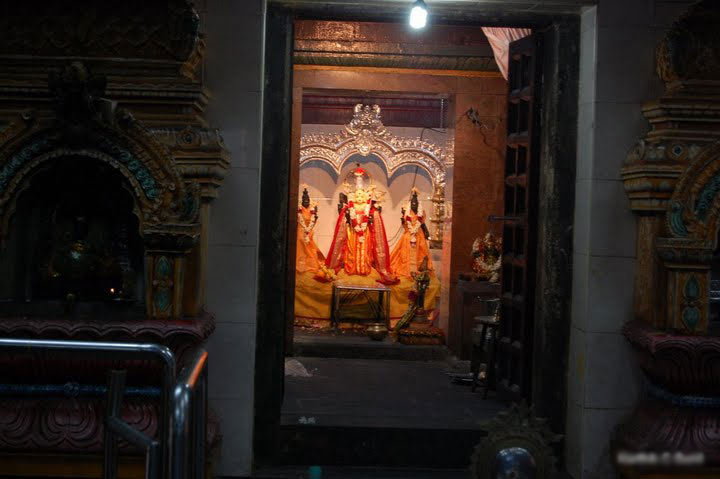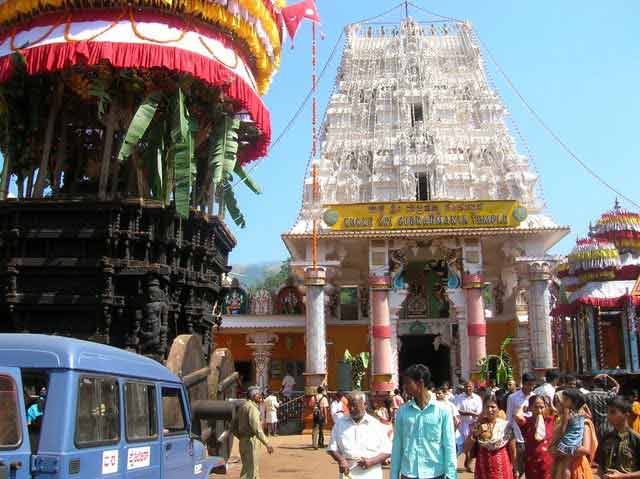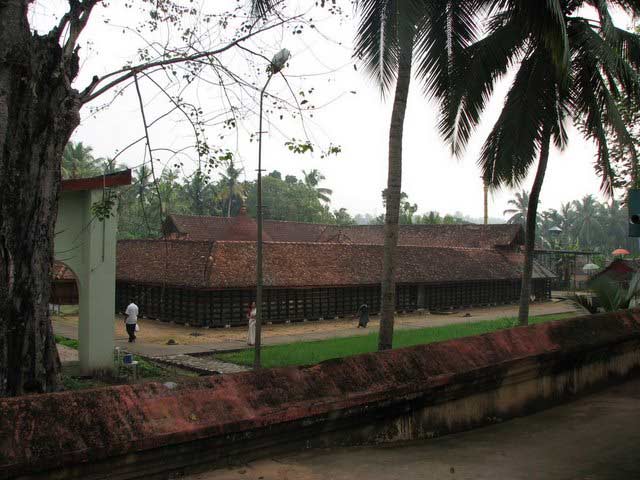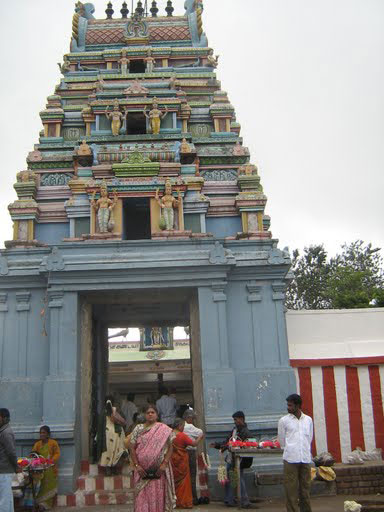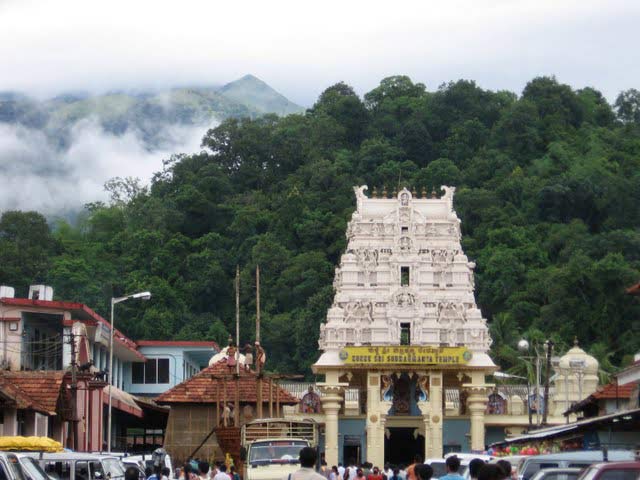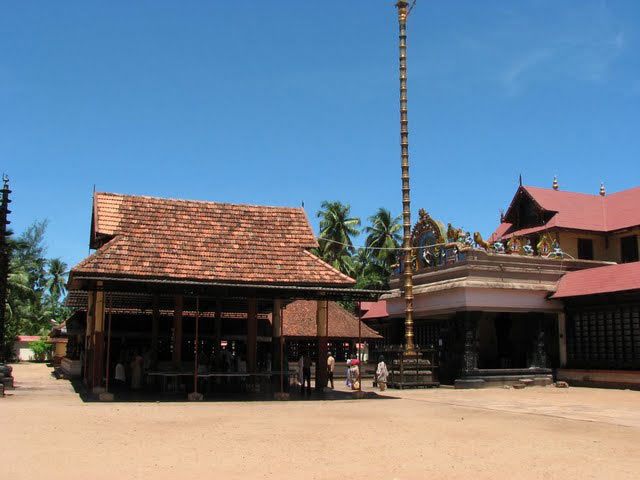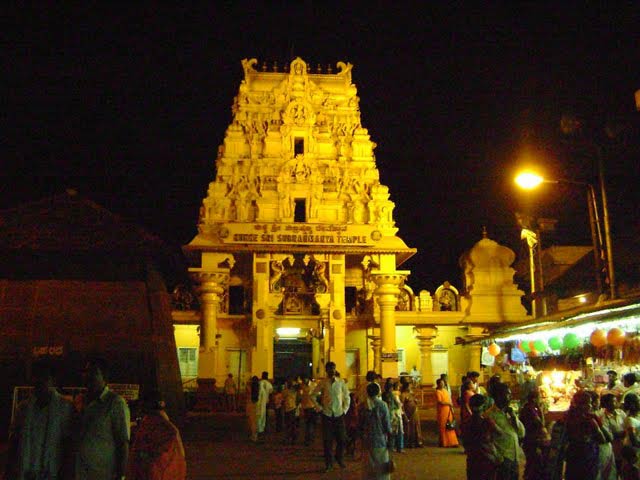Home » Pilgrims Destination In Karnataka » Subramanya
Temples
Subramanya Temples
Subramanya Temples Nearest Attraction |
| Nethrani Island |
| Nethrani is a small uninhabited island, 18 km southwest off a small fishing village Murdeshwar and is shaped like a upturned boat with some vegetation along the rocky outcrop. The Island is famous for its Shiva temple and for having some of the best dive sites in world....more |
| Kumaradhara River |
| The Kumaradhara River is an Indian river, in the southwestern India state of Karnataka. One of the two major rivers of Sullia, it merges with the Netravati River at Uppinangadi before flowing to the Arabian Sea.....more |
| Shambavi River |
| Shambavi is name of the river which flows in Dakshina Kannada district of Karnataka state, India. Mulki town is south of river Shambavi. The river flows westwards to join the Arabian sea. Bappanadu Durga temple is situated near the river.....more |
| Mukka Beach |
| Mukka is suburb of Mangalore city on the shore of Arabian sea. It is located to north of NITK,Surathkal campus on National Highway 17. There is a beach in Mukka which has escaped public attention....more |
| Panambur Beach |
|
Panambur is the site of New Mangalore Port. It is located in Dakshina Kannada (formerly South Canara ) district of Karnataka state, India, north of the Gurupura river.There is a Nandaneshwara temple in Panambur.....more |
| Someshwar Beach |
| Someshwar Beach, blessed with an endless stretch of golden sand and graciously swaying palm trees, is located 9 km south of Mangalore. The beach is well known for a large rock called 'rudra shila'.....more |
| Surathkal Beach |
| Located 15 km north of Mangalore, Suratkal Beach is known for its clean surroundings and a lighthouse. An uninterrupted and extremely attractive stretch of curving shoreline is a major feature of this beach. Sadashiva Temple is a nearby attraction.....more |
| Tannirubhavi Beach |
| Tannirubhavi beach is a beach in Mangalore, Karnataka, India. Currently, it can only be reach by land via Panambur or by ferry via Gurupura river from Sultan Battery.....more |
| Ullal Beach |
| Ullal Beach is situated about 12 km away from Mangalore on the south bank of the Nethravati River, facing Arabian Sea. Mangalore is a city of vivid contrasts. Apart from this beach, there are other beaches also in Mangalore.....more |
| Dharmasthala Temples |
| Dharmastala kshetra is located amongst the scenic beauty of the Western Karnataka on the banks of the Nethravathi River. The temple of Lord Manjunatha at Dharmastala is the star attraction in the Karnataka. ....more |
| Kadiri Temples |
| The 17th century Manjunath Temple is situated at the foot of the Kadiri Hill, 3 km north of Mangalore city. The temple has some superb bronze images of Buddha, dating to the 10th - 11th centuries. The idol of Lord Manjunathaswamy of the temple is believed to be the oldest of the South Indian Temples.....more |
| Katil Temples |
| The Name KATEEL: The
word 'Kati' which means 'center' (between the 'Kanakagiri', birthplace of river
Nandini and the end) and 'lla' which means 'area'. Thus the place is called
'Kati + lla' = Kateel. Kateel or Kateelu is a temple town in the Dakshina Kannada district of Karnataka, India. It is about 29 kilometers away from Mangalore and is considered one of the holiest temple towns in Hinduism.....more |
| Mangalore Archeology |
| This temple is at the foot of the Katri hills, north of Mangalore. It is full of pilgrims. The temple belongs to the 10th century, but the pyramid like tower belongs to another time....more |
| Mangalore Historicals |
| Situated in the Western Ghats of Karnataka, Mangalore is one of the important centers of exporting coffee and cashew nut. It is a hilly city with winding disoriented streets located some 357 km away from the city Bangalore....more |
| Mudabidri |
| Mudabidri is another Jain town on par with Shrvanabelagola. It is 35 km from Mangalore. In this small farming town, there are 18 jain temples.....more |
| Alekan Waterfalls |
| Alekan is one of the attractive waterfalls in Dakshina Kannada District of Karnataka. It is noted for its picturesque locale. Bale Kallu Gudda - one of the highest hills in Dakshina Kannada District - is nearby. A winding scenic journey from Charmadi, 18 km away, takes to Alekan Waterfalls. Alekan Waterfalls is roughly four kilometers from kottigehara.....more |
| Bandaaje/Bandaje Arbi falls |
| Bandaaje Arbi Falls, one of the beautiful waterfalls in the Western Ghats, is located near Mundaaje, in Dakshina Kannada District of Karnataka. It cascades down from a height of 200 ft.....more |
| Dondole Falls |
| Dondole waterfalls is a nice water falls which is around 20 kms from a place called Kakkinje which is just 3kms before charmadi from Ujire. Part of this 20 kms can be covered in a jeep and after a rivercrossing and 50minutes of walk through the forest one reaches this waterfall which is of around 50+ft height.....more |
| Chakra River |
| Chakra is a west flowing river which originates east of Kodachadri in Shimoga District. This river basin has a catchment area of 336 sq km. The sub tributary of Chakra River is Kollur. Chakra River, the important source of irrigation in Karnataka, has a total length of 52 km....more |


